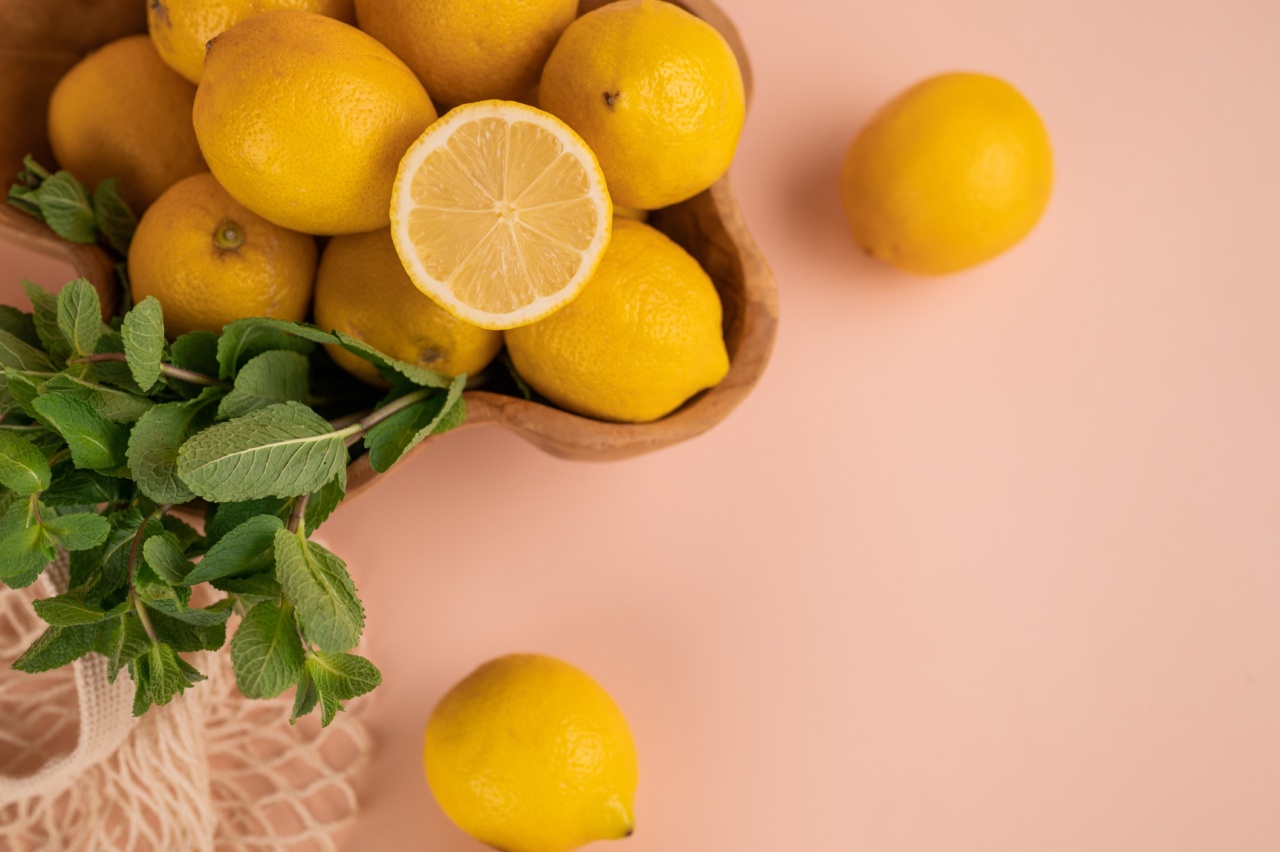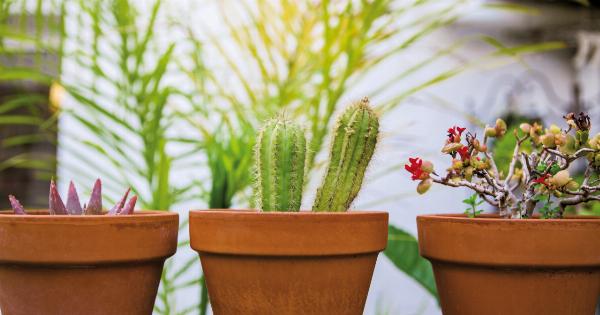Dealing with headaches, itching, and cuts can be a frustrating and uncomfortable experience. Whether you’re battling a pounding headache, relentless itching from an insect bite, or a painful cut, finding relief quickly is a top priority.
While over-the-counter medications are readily available, they often come with unwanted side effects. Luckily, nature provides us with numerous natural materials that can effectively relieve these common ailments. In this article, we will explore six natural materials that can help you find relief from headaches, itching, and cuts.
1. Lavender
Lavender is a fragrant herb known for its calming properties. It has been used for centuries to treat headaches and promote relaxation. When applied topically, lavender essential oil can help relieve tension and reduce the severity of headaches.
Simply dilute a few drops of lavender oil with a carrier oil, such as coconut oil, and gently massage it onto your temples and neck for soothing relief.
2. Aloe Vera
Aloe vera is a succulent plant that is well-known for its healing properties. It contains a gel-like substance that can be applied topically to soothe itching and promote wound healing.
If you’re dealing with an itchy insect bite or irritated skin, simply apply a small amount of aloe vera gel to the affected area. Not only will it provide immediate cooling relief, but it will also help reduce inflammation and speed up the healing process.
3. Peppermint
Peppermint is a refreshing herb that has long been used for its medicinal properties. The menthol present in peppermint has a cooling effect on the skin, making it ideal for relieving itching and soothing minor cuts.
You can make a peppermint-infused oil by steeping crushed peppermint leaves in a carrier oil, such as olive or almond oil. Once infused, strain the oil and apply it topically to the affected area for fast relief.
4. Witch Hazel
Witch hazel is a natural astringent derived from the bark and leaves of the witch hazel shrub. It has long been used as a remedy for various skin conditions, including itching and inflammation.
Witch hazel can help shrink blood vessels and reduce swelling, making it an excellent choice for alleviating itching from bug bites or rashes. Simply apply a small amount of witch hazel to a cotton pad and dab it onto the itchy area for relief.
5. Tea Tree Oil
Tea tree oil is renowned for its antimicrobial and anti-inflammatory properties. It is commonly used to treat various skin ailments, including cuts, scrapes, and insect bites.
Tea tree oil can help cleanse the wound, prevent infection, and reduce inflammation. However, it is essential to dilute tea tree oil with a carrier oil before applying it to the skin, as it can be too potent when used undiluted.
6. Calendula
Calendula, also known as marigold, is a vibrant flower often used in herbal remedies. It possesses antiseptic and anti-inflammatory properties, making it effective in relieving pain and promoting wound healing.
You can create a soothing calendula salve by infusing dried calendula petals in a carrier oil, such as coconut oil or olive oil. Once infused, strain the oil and apply it to minor cuts and bruises for gentle relief.
By harnessing the power of these natural materials, you can effectively alleviate headaches, itching, and cuts without relying on synthetic medications.
However, it is crucial to note that while these remedies are generally safe, everyone’s body is unique, and individual responses may vary. If you have any concerns or chronic conditions, it is always wise to consult with a healthcare professional.




























